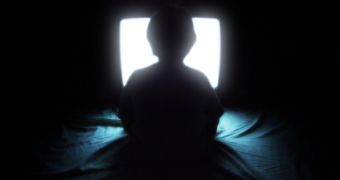The Federal Communications Commission announced that not all Americans currently benefiting from all-analogous TV sets would receive digital TV signals starting February 17th, when the whole nation is scheduled to go digital. Some people will be left behind because they are located on the fringes of the range that the 1,749 relay stations the US currently has cover. Federal regulations do not force networks to ensure that their coverage will remain the same.
In order to properly transmit the new signal, an estimated 319 stations will have to be repositioned, in order to receive and broadcast a better signal. But digital signals work differently from analogous ones, in that they do not display images on the TV set if the signal is not clear. With the old TV system, people could still receive images, even if they also captured some “parasites” on screen. The FCC estimates that some 2 percent of current TV owners will be affected by the change.
One solution to avoid this problem would be for people who live in the affected areas to purchase new, stronger satellite dishes, along with decoder boxes. This would undoubtedly place a heavy financial strain on people living in poor areas, especially given the fact that the change is caused by something beyond their control.
A second solution would be for broadcasting companies to use “translators” or “fill-in” stations, operating on different spectrum frequencies. These stations could amplify the digital signals and pass them on to areas that were removed from the previous covering range. They could also increase the overall output power of the signal station, although most of them are already operating at full potential.
On the bright side of things, although the 319 stations that will shift positions will lose some viewers, they will also include more people in their coverage area, people who were until now outside all ranges and had no access to television altogether.

 14 DAY TRIAL //
14 DAY TRIAL //